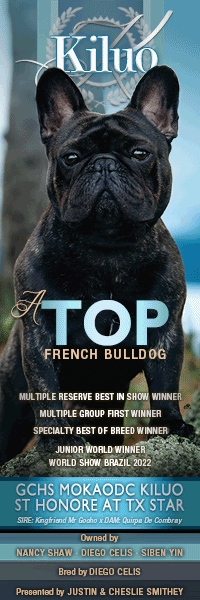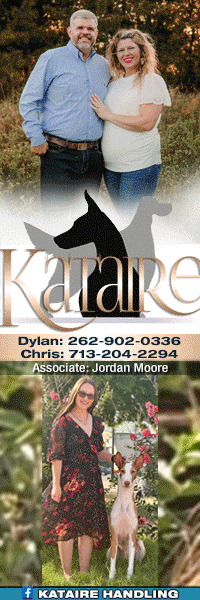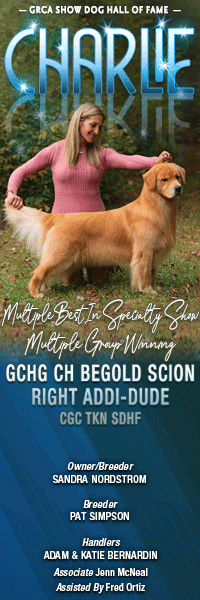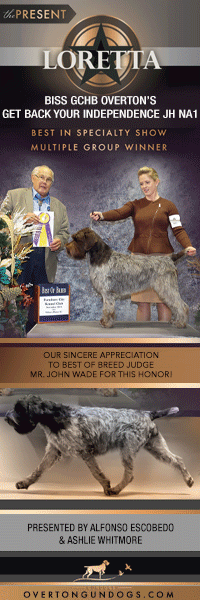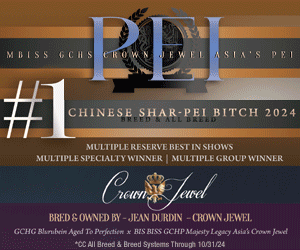The Art Of War In The Conformation Ring
136 – June, 2018
By William Given
with photos by Lisa Croft-Elliott
 Sun Tzu was an ancient Chinese philosopher, strategist and tactician, and a highly successful general in the late sixth century B.C. It is said that his many victories motivated him to write the Art of War. Media mogul and former owner of the Atlanta Braves, Ted Turner, once described sports saying, “…like a war, but without the killing.”
Sun Tzu was an ancient Chinese philosopher, strategist and tactician, and a highly successful general in the late sixth century B.C. It is said that his many victories motivated him to write the Art of War. Media mogul and former owner of the Atlanta Braves, Ted Turner, once described sports saying, “…like a war, but without the killing.”
Participating in a sport (even showing dogs in conformation) has its similarities to that of warfare. The vocabularies of war and sports share words like offense, defense, strengths, weakness, strategies, tactics, defeat and victory. And, victory is the desired goal in both contests. As an exhibitor, you are seeking to acquire many victories with your ring partner. The concepts of strategy and the principles of warfare can easily be applied to your endeavors in the conformation ring.
I have condensed the 13 chapters of the Art of War into a “CliffNotes®” version which will, hopefully, help you apply the axioms of Sun Tzu to achieve more wins in the conformation ring. Your level of commitment and passion for competition will put your feet on the path to victory, mediocrity or failure; you choose.
Chapter 1 – Assessment and Planning
With respect to laying plans, Sun Tzu said, “The art of war, then, is governed by five constants, each to be taken into account in one’s deliberations when seeking to determine the conditions necessary for a victory in the field.” So, like a commander on the battlefield, you must continuously assess the operational environment and your progress toward your desired end.
A thorough assessment of your competition (dogs and handlers), the judge, and the environment in which our contests take place is necessary because it offers perspective and insight, and it provides the opportunity for self-correction, adaptation and achievement of your overall objectives. For example, if another handler’s dog is not a good mover, you must move your dog at its very best speed. Or, if a judge gives a disapproving look at a handler moving his charge on a tight lead, understand that you must gait your ring partner on a loose lead.
Click here to read the complete article136 – June, 2018
Short URL: https://caninechronicle.com/?p=145382
Comments are closed


